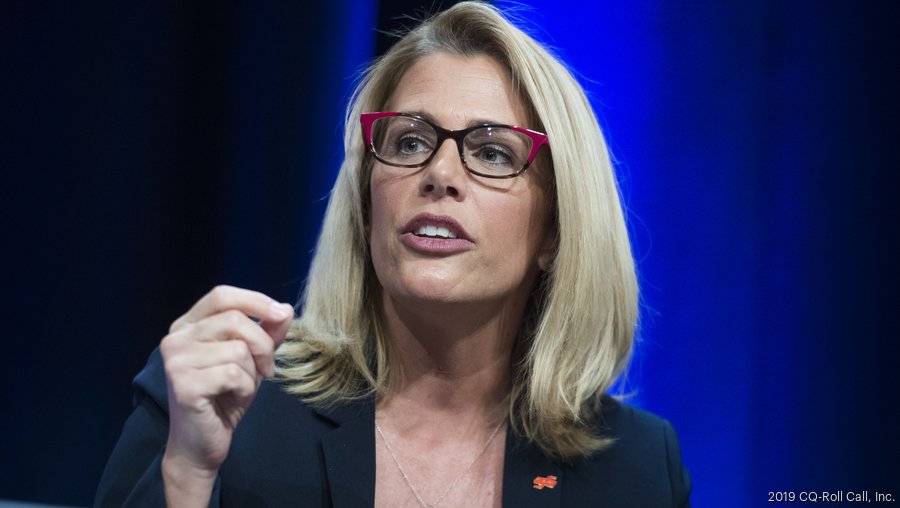It’s an undeclared race, and the current president still officially has more than two years left in his term.
But insiders say two women are frontrunners to replace Richard Trumka as head of the AFL-CIO, the nation’s largest federation of labor unions, and both are lobbying behind the scenes to gauge the potential level of support they would receive, per The Guardian.
Elizabeth Shuler is the current secretary-treasurer of the AFL-CIO and chief financial officer of the federation, one of three top-level officers. She became the first woman elected to the position in 2009 and is at 49 the youngest officer ever to sit on the federation's executive council.
Shuler started as an organizer at her local union in Portland, Oregon, where she pushed for progressive labor initiatives like green job programs and workers' rights. She also served on the executive board of the International Brotherhood of Electrical Workers (IBEW), where she was in charge of 11 major departments and an adviser for the international president.
International president of the Association of Flight Attendants-CWA Sara Nelson also is considered to be a frontrunner for the job.
Nelson, also from Oregon, became a United Airlines flight attendant in 1996 and has been a union activist throughout her career, advocating for fair compensation, job security and improved quality of life for airline crews.
She led a campaign to train flight attendants to recognize and report human trafficking, promoted legislation to increase the mandatory rest requirements for flight attendants and called for a general strike to highlight aviation safety and security risks during the December 2018/January 2019 government shutdown.
She also led the “No Knives Ever” effort to keep all weapons off of planes.
“It’s really exciting that it’s two women,” Janice Fine, a professor of labor studies at Rutgers, told The Guardian. “We know that a majority of the workforce is women. We know that since the early anti-sweatshop movement, women have been at the forefront of fighting for workers’ rights. Women have only recently got to the leadership of national unions. So, this is another milestone.”
The new AFL-CIO president will face membership numbers that have been steadily declining, reaching an all-time low in 2018, according to the U.S. Bureau of Labor Statistics — although the federation called it "one of the best years in history" in a tweet, citing a rise.
Just 10.5 percent of American workers participated in a union in 2018, down from 10.7 percent in 2017 and 20.1 percent in 1983.
The number includes 6.4 percent of private-sector workers and 37.2 percent of public-sector employees.
Men continued to have a higher union membership rate (11.1 percent) than women (9.9 percent).
New York had the highest percentage of unionized workers at 25 percent while North Carolina and South Carolina had the lowest at 2.7 percent each.


